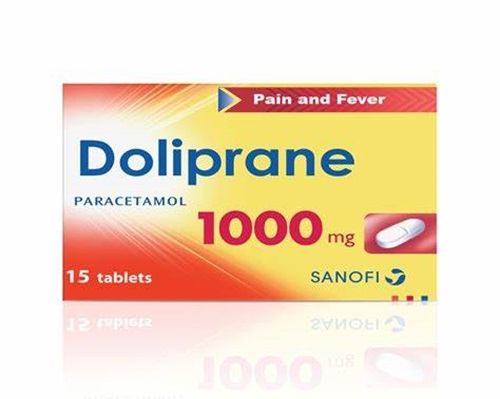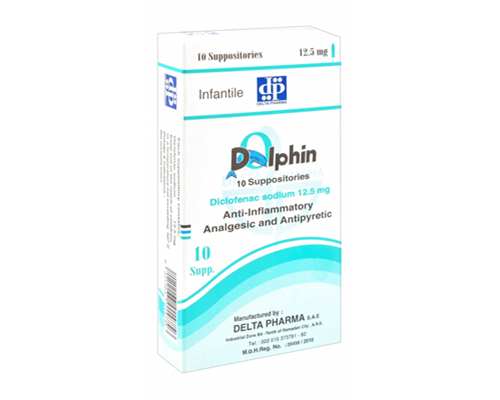Description
Trade name:
Cataflam
Compound:
Each 3 ml of solution contains:
Diclofenac potassium 75 mg.
Excipients: sodium metabisulfite, disodium edetate dihydrate, mannitol, benzyl alcohol, propylene glycol, potassium hydroxide, water for injection.
Properties:
Diclofenac potassium belongs to non-steroidal drugs with pronounced antirheumatic, analgesic, anti-inflammatory and antipyretic properties.
Indications:
Short-term treatment of the following acute conditions: post-traumatic pain, inflammation and swelling, such as due to sprains; post-operative pain, inflammation and swelling, such as after dental or orthopaedic surgery; renal and biliary colic.
Method of administration and dosage:
For intramuscular administration, no other method of administration of the solution is permitted.
Injections are administered deep into the muscle, into the outer quadrant of the buttock. The duration of treatment is determined by the doctor. Adults take 1 ampoule once a day. For colic and pain syndromes of other origin – 2 times a day (with an interval of 2 or 3 hours). More than 2 injections per day are unacceptable. The maximum duration of therapy is 2 days. If necessary, treatment can be continued with tablets or a rectal form (in the form of suppositories). The total daily dose of diclofenac in this case should not exceed 150 mg.
Contraindications:
Childhood; hypersensitivity to any component of the drug, aspirin; severe cardiac, hepatic, renal failure; bradycardia, severe arterial hypotension; gastric bleeding; pregnancy, lactation.
Precautions:
If liver disease develops, the administration should be stopped. Patients with heart and vascular diseases should be under the supervision of a physician during therapy. Weak and elderly patients, patients with low body weight should use minimal therapeutically effective doses. Before prescribing the drug, it is necessary to undergo a clinical examination of patients with peptic ulcers; with a history of intestinal bleeding; with liver and kidney damage, including in the history; with high blood pressure. In bronchial asthma, hay fever, acute and chronic respiratory pathologies, in patients with nasal polyps, taking the drug can cause asthmatic attacks. Treatment of these conditions is symptomatic.
Side effects.
In very rare cases, abscesses may occur at the injection site. Other side effects: headaches, dizziness; vertigo; tachycardia/bradycardia, hypertension, arrhythmia, heart failure; abdominal pain, vomiting, cramps, flatulence, nausea, diarrhea, dyspepsia; fluid retention, edema; rash, Quincke’s edema; injection site reactions.
Storage method:
Store at a temperature not exceeding 25 degrees in a place inaccessible to children









